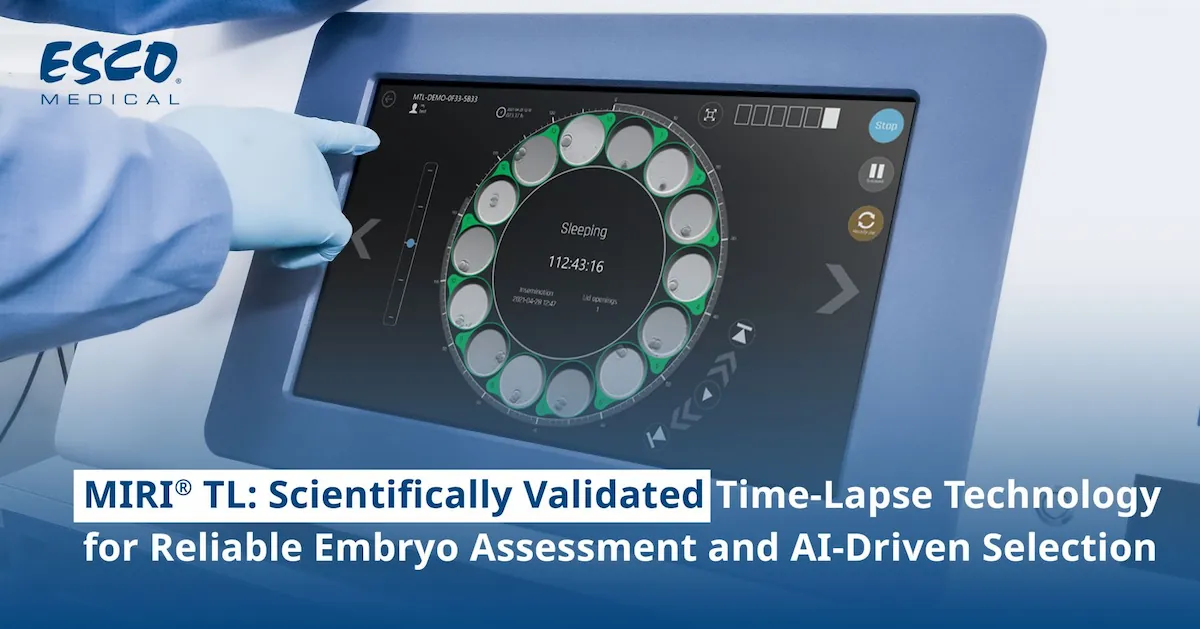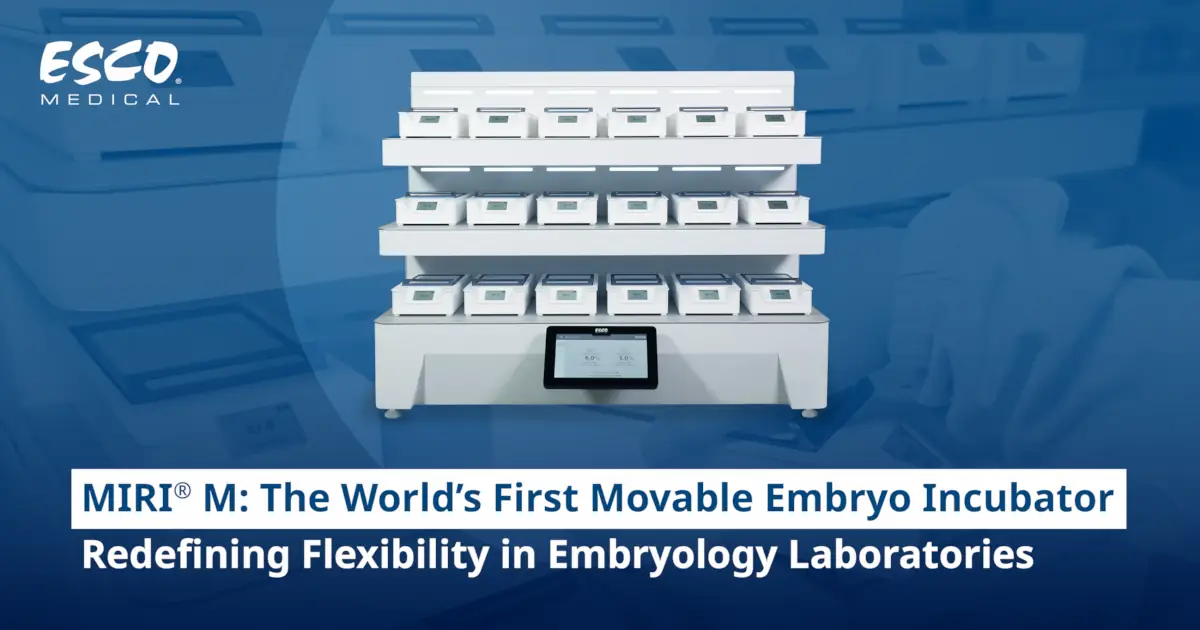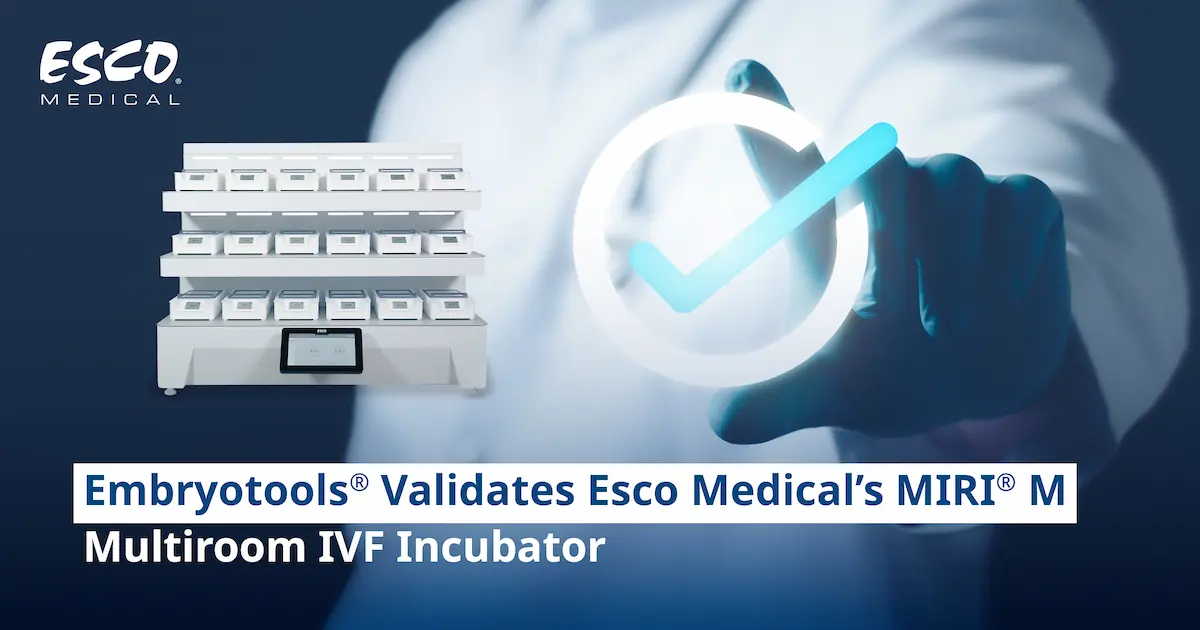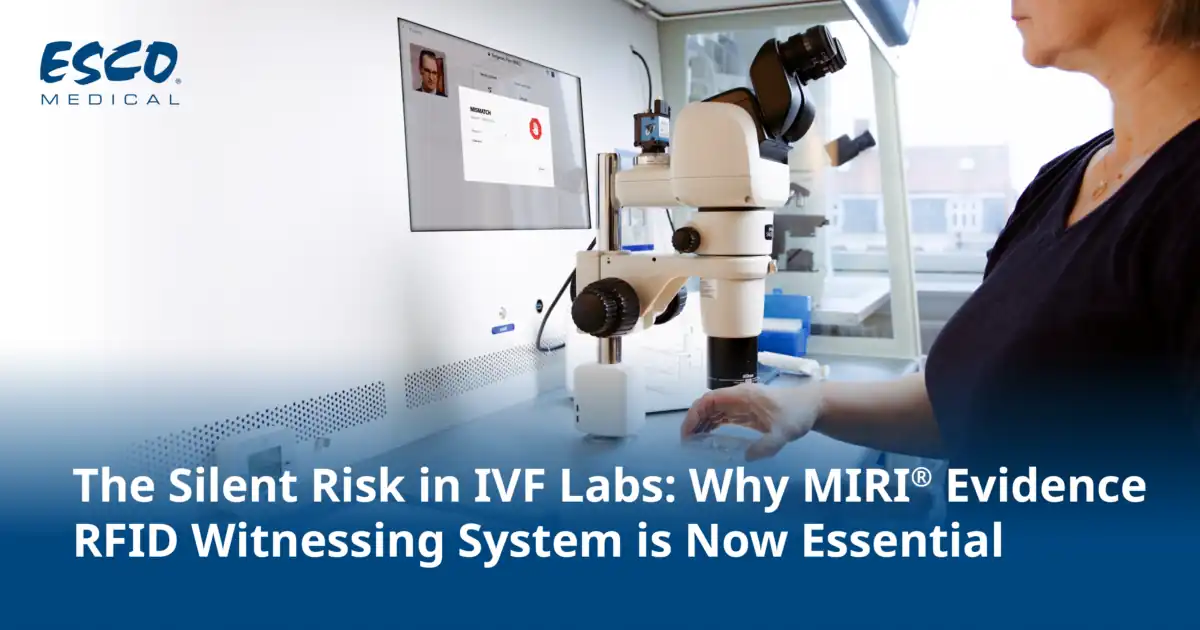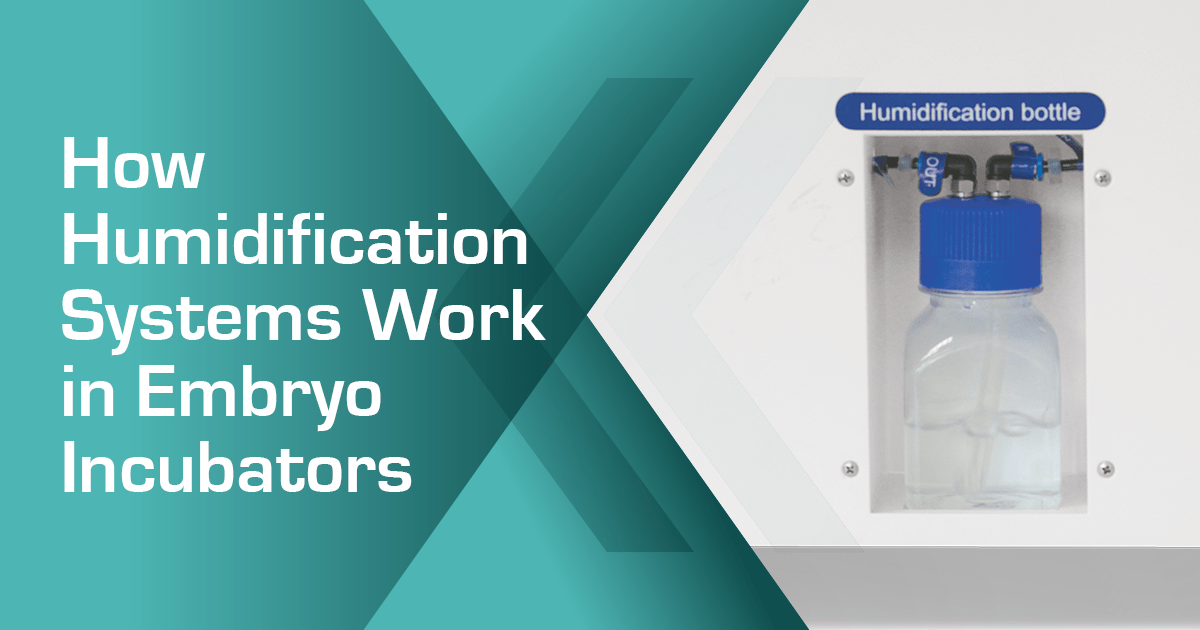
Incubators play a very important role in In-Vitro Fertilization (IVF) Laboratories. Specifically, incubators must be able to maintain humidity levels and provide proper humidification during embryo development. These incubators have undergone numerous alterations and improvements over time, affecting everything from their features to their physical structure and design. Since embryos spend the majority of their in vitro development inside an incubator, incubators are considered to be the most significant piece of equipment in an in-vitro fertilization (IVF) laboratory.
Incubators are designed to, directly and indirectly, provide stable physicochemical conditions that most closely resemble the environment found in the female reproductive tract. They also include media for embryo culture. The success of the IVF program is significantly influenced by how stable these conditions are. Incubators today can be highly advanced machines that can be upgraded with built-in cameras and connected to computer programs. Even though the technical aspects of the incubator can occasionally be challenging to comprehend, it is crucial for clinical embryologists to understand how to control incubator operation and correctly maintain stable physical and hygienic conditions.
Types of Embryo Incubators
There are several types of incubators utilized by field professionals in IVF laboratories and Assisted Reproductive Technology (ART). The main variations between incubators are the methods used to control humidity, temperature, and gas flow—all of which are crucial for maintaining the steady state of culture media. However, only a few studies have compared the effects of incubators with various features on embryo development and clinical outcomes.
Benchtop Incubators
Some of the most notable and frequently used incubators in the IVF lab are benchtop models. In order to increase the stability of the conditions for embryo culture and lessen environmental stress during the development of the embryo, benchtop incubators with small individual chambers have been developed. And to stop bacterial growth and make it possible to use a time-lapse system, these new dry incubators were created without any type of humidification system. With the aim of enhancing environmental stability for developing embryos, they are able to provide specialized culture chambers and they were considered cutting-edge technology in the early development of embryo incubators. These incubators also resemble refrigerators with a front-opening door.
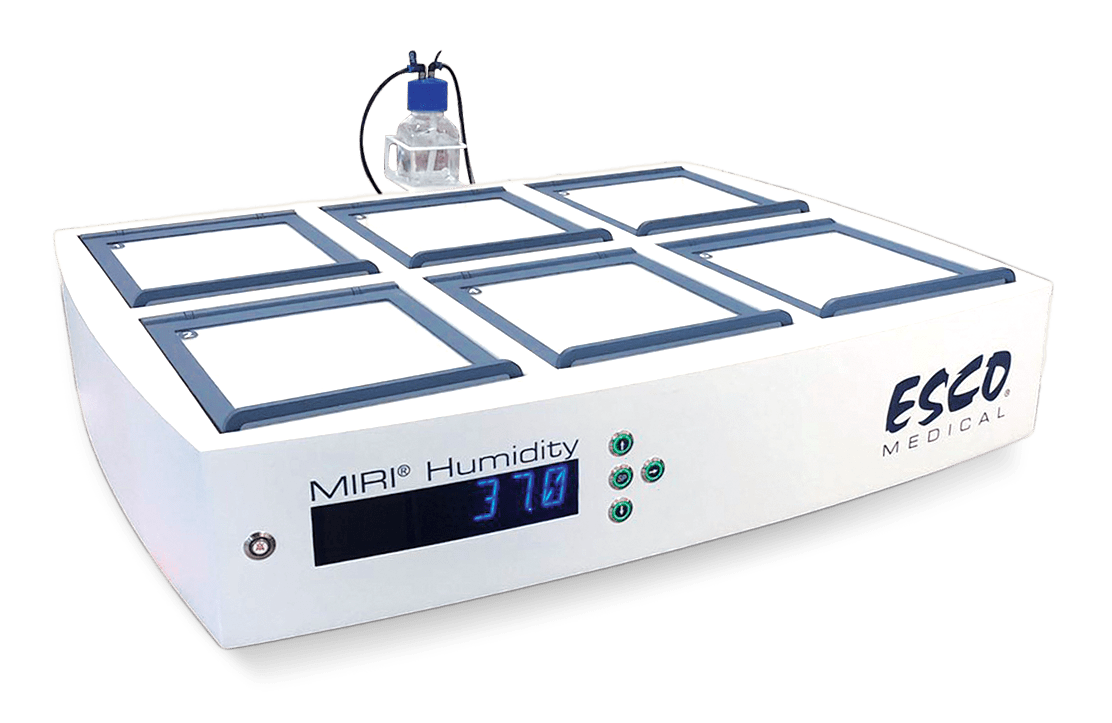
These incubators are available in dry or humidified versions. It's important to note that thermal conductivity CO2 sensors were initially used in incubators, and the flawless performance of these sensors required moisture. Eventually, such a conductivity approach was replaced by infrared CO2-regulating sensors, leading to the development of moisture-free incubators.
Mini Incubators
The mini incubator houses each set of embryos in a tiny separate section so that conditions are only disturbed when the lid of the individual compartment is lifted. It was a significant advancement in incubator technology. Mini incubators increased pregnancy rates because embryos could develop in more stable environments.
Mini incubators have an advantage over traditional ones and older models. They can be used by small IVF clinics (those with restricted space) without sacrificing the performance and quality expected of an IVF incubator. The industry standard for embryo culture in many laboratories and facilities around the world is the use of mini incubators.
The Mini MIRI® Dry incubator, which has two chambers, is modeled after the traditional MIRI® Multiroom incubator. For IVF labs that prioritize affordability and footprint, this miniature version of the MIRI® is ideal. It also features a system that recirculates gas for minimal gas consumption and a data logger software.
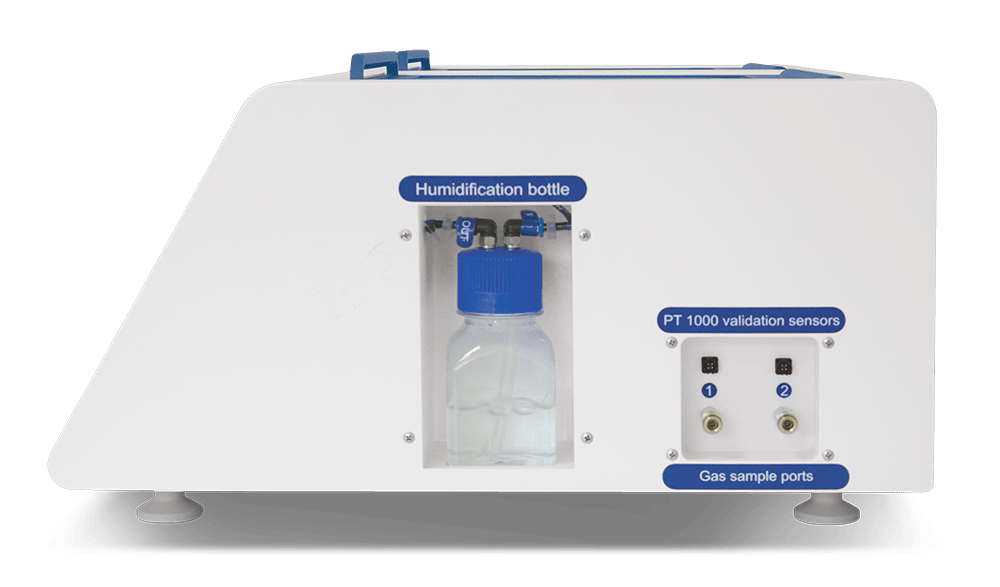
The Mini MIRI® also has a humidified version, the Mini MIRI® Humidity Incubator. It is a benchtop incubator that is based on the durable and dependable MIRI® design. Faster temperature and gas recovery are also made possible by the compact design's direct heat regulation, which also helps prevent vapor condensation.
Time-Lapse Incubators
The time-lapse incubator is also an important development and advancement in IVF and ART. Time lapse incubation must be used if preimplantation embryo testing (embryo biopsy) is being carried out because it enables the researchers to precisely assess the embryo's readiness for biopsy without having to repeatedly open the incubator and examine the embryos under the microscope. Every 5, 10, or 20 minutes, a time-lapse incubator with an integrated microscope and camera takes a picture of each individual embryo. It takes pictures in 3, 5, and 7 planes, allowing the embryologists to see the embryo at different heights because when the embryo develops, the cell moves as well. Through this, embryos can be examined in great detail for up to six days without being disturbed and without interruption. Furthermore, the additional knowledge obtained enables researchers to predict which embryos are more likely to be genetically healthy and more likely to result in a pregnancy. It takes a great deal of time and expertise to interpret videos of embryo development in the culture medium. As a result, utilizing time-lapse incubators for embryo development may generate a relatively higher cost than other incubators.
The MIRI® Time-Lapse Incubator is a multiroom incubator with a built-in camera and microscope. It is designed and made in the EU, offers high-quality time-lapse images of embryos developing in real-time without requiring that the embryos be taken out of the protection of the incubation chamber for manual microscopy. Detailed morphokinetic information about embryo development is available only through time-lapse monitoring, not through standard spot microscopic analysis. With the aim of increasing pregnancy rates, this enables all significant events to be observed and assists in identifying healthy embryos with the highest likelihood of implantation.
CO2 Incubators
The viability of a cell culture depends on the temperature, humidity, pH, and sterility of the culture, all of which must be maintained in a CO2 incubator. There are two types of CO2 Incubators: water-jacketed incubators and air-jacketed incubators.
By keeping oxygen levels low, the CelCulture® CO2 Incubator is intended to mimic the environment found in nature for growing embryos in a culture medium.
Water-Jacketed Incubators
The heated water inside the walls of water jacket incubators is what keeps the interior temperature steady. Water has a high heat capacity, so it can hold the desired temperature for a long time, which is advantageous when there are lots of door openings or power outages. Warm, stagnant water is a perfect environment for the growth of contamination.
The water-jacketed incubator requires a lot of setup time because it takes time to fill and heat it. For water-jacketed incubators, this risk can be reduced by using copper in the lining and HEPA filtration, but it still exists.
Air-Jacketed Incubators
Because the walls of the incubator are filled with air rather than water, air-jacketed incubators are much lighter and easier to erect. They require significantly less maintenance and quickly reach the desired temperature. Additionally, they can withstand temperatures of up to 180°C during high heat sterilization, which is not possible when using water-jacketed models.
Air-jacketed incubators can be quickly decontaminated if they become contaminated, using techniques like high heat or hydrogen peroxide treatment. However, because air has a lower heat capacity than water, they are more susceptible to temperature changes. If there is a power outage or a lot of door openings, this could be a problem.
A problem with temperature uniformity can result in cool spots. For newer models, this issue has largely been resolved, but it is still advised to ask about the airflow and temperature uniformity before making a purchase. Condensation can form more easily in air-jacketed incubators, though this can be largely avoided by using anti-condensation technology.
How the Humidification System in Embryo Incubators Work
Conventional incubation systems continue to control the incubation process using intermediate incubation parameters, such as ventilation rates, air temperature, and air humidity. A reliable incubator humidifier must be secure and consistent in maintaining the proper humidity levels for it to provide an optimal environment for the culture medium, resulting in successful embryo development. Sudden changes in humidity inside the incubator can cause the embryo inside to die if a device is not constantly controlling them. The humidifier should be stronger the larger the incubator as well. Otherwise, it won't be able to generate enough steam to hydrate the embryos properly.
Esco incubators are made to prevent microorganism contamination within humidified incubators by changing the water bottle every month and changing the sterile distilled water every week. Even without VOC/HEPA filters and a UV lamp within the incubator, this technology prevents microorganism contamination within the culture medium.
